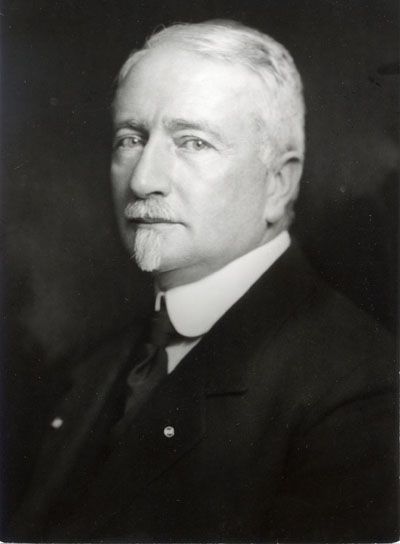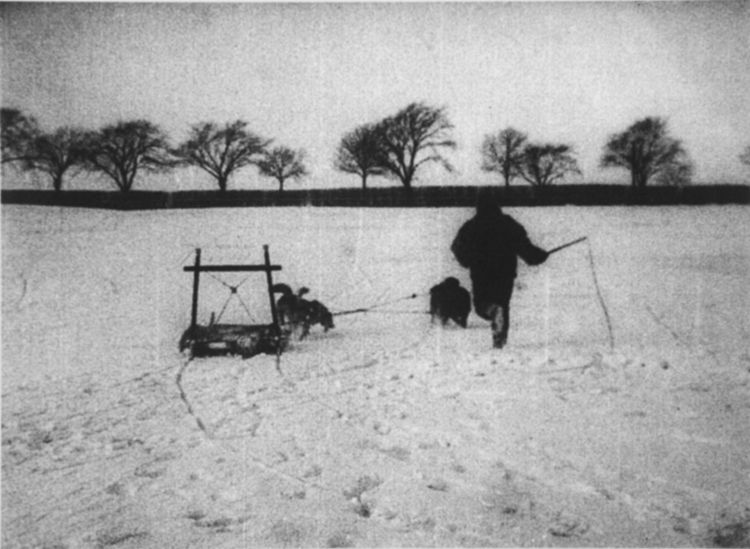That Denmark is a cinema-producing country of some standing is an undisputed fact. Thanks in large part to Lars von Trier, Thomas Vinterberg and their clever branding of the Dogme movement, alongside the success of filmmakers such as Billy August, Susanne Bier and Nicolas Winding Refn, the Danish foothold on the international stage is as strong as it has ever been − but where did it all begin?
On the shoulders of which giants do today’s greatest Danes stand? The Copenhagen Post has previously explored the country’s golden age in silent cinema, including the global adoration of that period’s most beloved star, Valdemar Psilander, and the era that followed, featuring master filmmaker Carl Theodor Dreyer and the ups and downs of Ole Oleson’s company Nordisk Film, which is, today, the world’s oldest film studio still in production.
However, Denmark’s cinematic roots go back even further than this.
Present at the birth
There is a moment that many consider to be the very birth of moving images. A Danish photographer named Peter Elfelt, then 29 years of age, was in Paris in December 1895 at the legendary first public screening by the Lumière brothers at the Grand Café, where the pair unveiled ten films including the iconic ‘La Sortie des usines Lumière à Lyon’ (‘Workers Exiting The Lumiére Factory in Lyon’).
So taken with the screening was Peter Elfelt that he insisted on buying one of the Lumière cameras. The brothers refused him, as they did the great Georges Méliès (who later made the iconic ‘Voyage to the Moon’ and is a character in the 2011 film ‘Hugo’), but the seed had been planted firmly in the young Dane’s mind, and he returned to Denmark severely bitten by the cinema bug, determined to make the very first Danish film.
From radishes to the royals
Born in 1866 to a poor family in Helsingør, Elfelt was baptised Peter Lars Petersen. The eldest of three brothers, he began an apprenticeship at the age of nine with a greengrocer in Hillerød, where his family had relocated shortly after his birth. However, the hand of fate saw Elfelt, at the age of 13, swap his apprenticeship to work under Karl Rathsach, a photographer in the same town.
This led to contact with Jens Poul Anderson, a skilled craftsman and, crucially, a still-camera constructer. Once his apprenticeship was complete, Elfelt went to work as an assistant in Copenhagen for one of the leading photographers of the time, Johannes Petersen. From here, Elfelt began his own business venture with the Hillerød camera constructer Jens Poul Anderson. Anderson had developed his own hand-made still-camera, the ‘Nellorødkamera’, and Elfelt began to distribute it.
Military service followed in 1888, and after employment with Johannes Hauerslev, another of Denmark’s foremost practitioners, Elfelt set about starting his own company. He opened his photographic studio in the centre of the capital on the corner of Købemagersgade and Kultorvet, employing his two younger brothers to help oversee the day-to-day running of the business.
A turbulent beginning saw the death of his first wife in 1892, but by 1901, he had been officially appointed royal court photographer. Nevertheless, it wouldn’t be this impressive accolade for which he would eventually be best remembered …
To the dogs … with success
Before gaining his royal post, Elfelt had attended the aforementioned Lumière screenings in Paris, and shortly afterwards, some short documentary films arrived on Danish shores from England, which were exhibited in June 1896.
These were the first films to be seen in Denmark. By this time, Elfelt had returned from France to begin working diligently with his old friend Anderson on the construction of his own film camera. It was based on Jules Carpentier’s detailed designs for the manufacture of the Lumiere-invented camera he’d tried to purchase.
In early 1897, he succeeded in making the history books with the first Danish film, ‘Kørsel med Grønlandske Hunde’ (‘Travelling with Greenlandic Dogs’).It’s a documenting of a man called Johan Carl Joensen riding on a Greenlandic sledge with his dogs, barely one minute in length. Filmed in Fælledparken in Copenhagen, it’s a silent, one static shot or take, with apparently no cuts, depicting the simple action of Joensen approaching the camera (presumably intended to evoke a similar response to the train in the Lumiere brothers’ ‘L’Arrivée d’un train en gare de La Ciotat’), circling around behind it and emerging again with Joensen, having dismounted, now chasing the sledge on foot.
Posh frock docs
Elfelt made, over the next 15 years, more than 200 documentary films of a similar nature. Elfelt travelled the country, primarily filming royal occasions, but also everything from nurseries to funerals.
These have come to be regarded as precious documents of Danish life, many of which incredibly exist to this day, thanks to the efforts of the Danish Film Institute. Its Elfelt Collection holds more than 70 of his films, offering a unique view of life when the moving image was very much in its infancy.
Heritage of ‘The Killing’
Writing himself again into the history books, Elfelt was the first to make a Danish fiction film. Entitled ‘Henrettelsen’ (‘Capital Execution’), the film used actors to portray the events of a real life case in which a French woman was executed for the murder of her own children.
Elfelt was said to be dissatisfied with the film and publicly doubted his motivations for making the film, saying later that he had questioned the merit of his original idea. It’s unclear as to whether the film even received a public screening.
Nevertheless, the following year, he went on to film the first Danish commercial − for Svendborg Brewery’s Bock Øl. And in 1901, he also opened one of the first cinemas, Kjøbenhavns Kinoptikon, although it took five years before it became a financially viable undertaking.
Remembered today
Regardless of the reservations he held about his film work and his relegation of it to second place under his ongoing still photography endeavours, Elfelt helped to popularise the moving image in Denmark immeasurably.
He gave momentum to both an art form and a lucrative industry that thrives to this day, whilst allowing Denmark to lay claim to being one of the world’s first filmmakers.
















